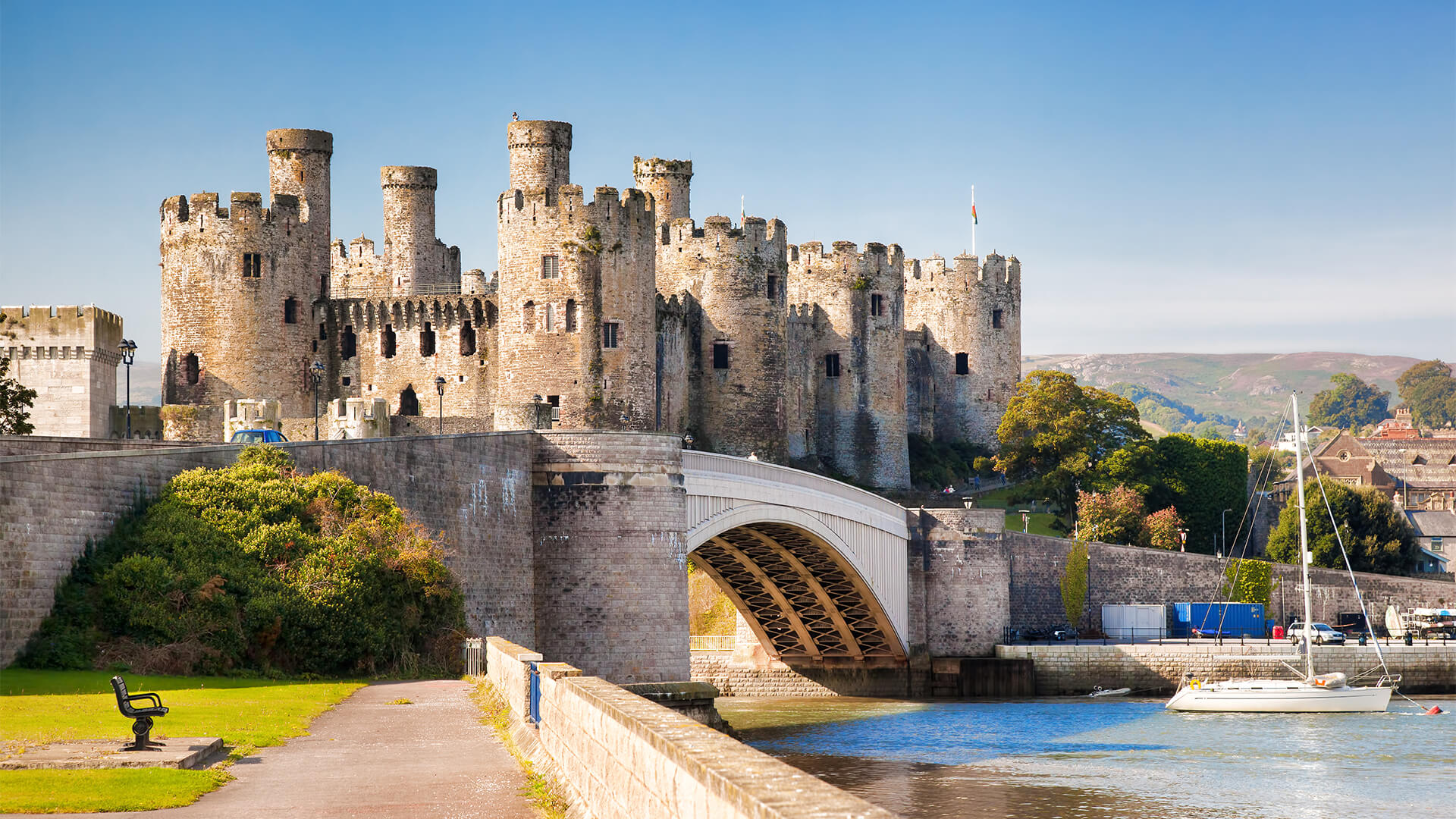
The UK is packed with castles and palaces, each with its unique story of war, love, royalty, intrigue, and danger. Luckily, many of these magnificent places are open to the public to explore and discover the hundreds (sometimes thousands) of years of history behind them.
Whether you’re planning a spring/summer getaway to Scotland, England, Wales, or Northern Ireland, here are some of the UK’s still-standing castles and palaces that are well worth visiting.
Edinburgh Castle, East Scotland
Nestled in the heart of Edinburgh’s Old Town, Edinburgh Castle has a rich history that includes standing as a military fortress, a prison, and a royal residence before becoming the famous visitor attraction it is today.
Many Scottish royals have been born, lived, and died within the walls of the castle, and there are many stories and artefacts to discover. One such artefact is the famous Stone of Destiny, which you may have recently seen during the coronation of King Charles III. Although the stone’s origins remain a mystery, it’s become a sacred object used to welcome new monarchs. Make sure you stay for the One o’Clock Gun, which is fired every day at 1 pm except on Sundays, Good Friday, and Christmas Day.
Penrhyn Castle, Gwynedd, North Wales
It’s difficult to pick just one castle to visit in Wales. In fact, Wales has more castles per square mile than any other country in Europe. Despite its small size, Wales has 427 castles to explore, from ruined medieval fortresses to opulent family homes.
One such home is Penrhyn Castle in North Wales, located just outside of the University City of Bangor. Built in the first half of the 19th century for the Pennant family in a neo-Norman style, this castle features impressive architecture, extravagant interiors, and an extensive collection of antiques. The history at Penrhyn is closely tied to the slate-mining industry, and in 2021 Penrhyn Castle, along with the surrounding slate-covered landscape, was declared a UNESCO World Heritage Site.
After you’re finished exploring, the Victorian seaside town of Llandudno is about a 30-minute drive away and is home to plenty of cafes and restaurants to grab something to eat.
Arundel Castle, West Sussex
Built at the end of the 11th century, Arundel Castle holds nearly 1000 years of stories to tell. Featuring personal possessions of monarchs, fine furniture, and numerous pieces of artwork and tapestries, Arundel Castle is an intriguing place to get a glimpse into periods of English history.
If you’re more interested in what to do while you’re there, Arundel also hosts a lot of events to get involved with. From history days, medieval festivals, and an international jousting tournament – there is a lot going on for all ages at Arundel. Or, if you’d prefer to keep things calm and relaxed, there are extensive and beautiful gardens to walk around in. As we move into late spring/early summer, many flower borders will be starting to bloom.
If you’re planning on spending your time at Arundel outdoors, just remember to pack a clear umbrella in case you get a summer shower. Medieval soldiers may not have had the luxury, but that doesn’t mean you should spend your trip feeling soggy!
Hillsborough Castle, County Down, Northern Ireland
Though technically not a castle, Hillsborough Castle is a late 18th-century grand home that earned its name from the original fort that was home to the Hill family.
Hillsborough has a fascinating history and long-standing connection to Northern Irish politics and has been the official home of the Secretary of State for Northern Ireland since the 1970s. The Castle itself has recently undergone a massive transformation, and now the State Rooms are open to guided tours where you can learn more about the history of the castle. Between June and October, Hillsborough will be hosting ‘Life Through A Royal Lens’, a unique and intimate collection of royal photography.
Outside, there are also 100 acres of elegant gardens and woodland to stroll through and imagine the kinds of conversations that have taken place there.
Buckingham Palace, London
Buckingham Palace is one that is completely iconic, and its Neo-classical architecture is recognised around the world. Although Buckingham Palace is a working royal residence and has been the official residence of UK royalty since 1837, visitors can book guided tours of the Palace’s grand State Rooms, which are home to many artworks and precious pieces from The Royal Collection.
This summer, you can also catch a special coronation display – where you’ll see the outfits King Charles III and Queen Camilla wore during the coronation ceremony. Tickets for these guided tours tend to sell out, so if you fancy walking in the footsteps of royalty, both living and passed, you should book well in advance of your trip.
Bamburgh Castle, Northumberland
The final castle on our list is also the oldest. Bamburgh Castle’s earliest recorded history begins over 1400 years ago when the kings of Northumbria chose the spot to be their royal capital.
Over the years, the castle itself has been shaped and remodelled to suit its residents, from an imposing Norman fortress to a comfortable coastal retreat. Home to kings and witness to war, Bamburgh Castle is full of a fascinating collection of artefacts that have been passed down through generations of owners and caretakers, from battle-scarred weaponry to delicate 18th-century ceramics. While you’re there, there are also plenty of events to enjoy and get involved with, including Viking re-enactments, outdoor theatre, and adventurous activities for the whole family.
In all, there are so many places to visit in the UK, and this is only a snapshot of some of the most impressive and majestic ones that you can (and definitely should) visit today. So, get planning your next trip and prepare to lose yourself in the extraordinary history of the UK in the castles and palaces that have stood witness to so much of it.




















